I often hear from fellow RV enthusiasts about the allure of the open road, the freedom to explore, and the joy of discovering new places. But one question that comes up consistently is, ‘How do I keep the internet up and running in my RV?
Howard and Pam: the Early Years
We can remember traveling the country in an RV just after the turn of the century. In 2002, we started renting RVs to see if we liked the lifestyle. Over six years, we logged thirty-five thousand miles on rented RVs.
Due to my business, connectivity was needed while on the road at that time. Back then, there were not the options that we have today. I can remember traveling to Florida and having the need to respond to emails while rolling down the road. That was not easy back then! Smartphones did not exist, not even Blackberrys.
I figured out a way to hook my cell phone to my computer and use its cell signal to access the Internet so I could get on my laptop to respond to business emails. It worked, but the speed of data transfer was very slow. But that’s what we had at the time when away from home.
A few years later, the age of MiFi devices came about. You could buy a unit that broadcasts a cellular signal picked up from cell towers as you travel. We could hook multiple devices to the MiFi and stay connected. However, in some areas, cell towers were not as prominent as they are now. I can remember driving through West Texas, and there was no cell signal for many miles.
We started with 3G service, Then came 4G, and now we have 5G ultraband on a limited basis, mostly in cities. But during RV travel using a MiFi, 4G suffices for email, access to business servers, etc. For streaming moves, depending on the location, not so much. But from 2008 to 2022, that was how we survived. For better TV viewing, we went with a mobile Dish satellite plan.
In 2022, we discovered something called Starlink! What a game-changer. I’ll share more about that.
How Do You Get The Internet In RV?
Staying connected has become a non-negotiable for many of us. Reliable internet is essential, whether it’s for navigating new terrain, keeping in touch with loved ones, or fulfilling work commitments. For full-time RVers like us, it’s even more critical, as the internet is the umbilical cord that connects us to everything.
In this article, I’ll explain how to get the internet in your RV. You’ll learn about the spectrum of options, from satellite dishes to cellular data, with the aim of keeping your digital life as uninterrupted as the highways you travel.
The benefits of internet access while traveling are countless. It’s not just about streamlining your work or staying in the loop socially. Having the internet at your fingertips can enhance your traveling experience, help you find your next great camping spot, or even assist in managing remote smart devices that keep your RV secure and comfortable.
The right internet setup for your RV isn’t just about staying online—it’s about seamlessly integrating the digital world into your journey so you can focus on creating memories while still maintaining the comforts and conveniences of modern living.
Now, let’s prepare you to keep in touch while you’re touching the stars. Start by gaining a basic understanding of mobile internet and how it differs from your home setup. This knowledge is the foundation for choosing the best internet solution for your RV lifestyle.
Understanding Mobile Internet Basics for Your RV
Picture this: you’ve just nestled into a scenic spot with your RV, the tranquility of nature embracing you. In this perfect setting, you might still want to catch up on emails, stream a movie, or share your adventures on social media.
Here lies the rub: getting a strong and stable mobile internet connection isn’t the same as setting up your home internet connection. It’s a bit more complex, but don’t worry—I’ll break it down for you.
First, let’s clarify what sets mobile internet apart from the Wi-Fi you might have at home. Mobile internet relies on cellular networks—those invisible highways of data your phone uses to make calls and send texts.
Think of these networks as a series of interconnected dishes and towers scattered across the country and your mobile device or router as a vehicle cruising for signals on these digital roadways.
There are a few critical factors that will affect your internet experience. Signal strength is the measure of how loud and clear your ‘call’ to the nearest data tower is. Just like a foggy day can obscure a road sign, anything from a dense forest to a hill can weaken your signal.
Next, we have network coverage—this is the map of where your ‘vehicle’ can travel. You won’t get a signal if a network hasn’t laid down roads in an area. Finally, there are data limits. Imagine these as toll gates on these highways, restricting how much you can travel unless you’re willing to pay more.
Moving forward, it’s all about the TYPE of mobile connection. You’ve probably heard of 4G and LTE—these are like the paved roads of the mobile internet world; they’re reliable and get you where you need to go in most places. Then there’s 5G—think of it as the high-speed train of networks offering faster speeds but less coverage right now.
So, armed with this knowledge, how does one select the right internet solution for their RV? The next section will introduce you to the various options, each with unique strengths and weaknesses.
Your Guide to RV Internet Options: Pros and Cons
When choosing an internet connection for your RV, there are several options to consider. Each one has its trade-offs, so determining the best fit depends on your specific needs and travel habits.
Satellite Internet is one of the first solutions that might come to mind for an on-the-go lifestyle. It’s widely accessible, making it a solid option if you’re often in remote areas.
However, it tends to have higher latency, meaning your connection could be delayed. It’s also generally more expensive than other options, and setup may require professional installation.
Starlink Internet Service
Starlink has been an awesome addition to our list of needed services when living the full time RV life! When we spend time in areas for more than just a few days we place the Starlink receiver out where we can pick up a good signal without obstructions. We call it “Dishy.”
We typically use about 300G a month of data. Traditional services for mobile internet can get expensive. We also want reliable service, so we have found the Starlink service to work very well for our full time RV needs. It is easy to set up and take down.
For $150/mo, the mobile plan for RVers offers unlimited data usage and 100 – 300 Mbps response. This service has worked well for the past several years!
Mobile Data Plans
Cellular Data Plans are a favorite among many RV travelers because they offer a balance between cost and connectivity. Speed has significantly improved with the advancement of 4G and now 5G networks (territory-specific).
Keep in mind that coverage can vary greatly depending on how far off the beaten path you travel. In addition, you’ll want to carefully choose a data plan to suit your usage, as overage fees can be steep.
Pam and I use a program through the Family Motor Coach Association. We get unlimited data each month with no restrictions. You sign up to be a member, and then you have access to their many discount programs, one of which is Tech Connect+ for RVers.
We take advantage of their mobile WiFi program, discount tire program, travel interruption reimbursement program, and health coverage. These add up to some great savings!
WiFi Extenders to Boost Free WiFi Access
If you need to boost a 2.4 or 5 GHz WiFi signal to multiple devices at once in your RV or boat, the WiFi CampPro 3 is the perfect choice!
Before we had the Starlink service, we had this system. When we visited RV parks with good internet, we would use the Alpha system to boost the signal and, through the Alpha, hook up all devices to the RV park WiFi.
Wi-Fi Extenders can boost a weak Wi-Fi signal if you’re parked near a source. They’re an excellent, cost-effective supplement to other internet methods and increase the chances of finding a usable signal. However, they rely on the presence of an existing network, so they won’t help in genuinely remote locations with no Wi-Fi coverage.
Lastly, Public Wi-Fi is often available at RV parks and other places like coffee shops or libraries. This option costs nothing but be prepared for potentially slow speeds and security risks. Encryption and a reliable VPN (Virtual Private Network) are highly recommended if you choose to utilize public networks.
DIY Solutions: Enhancing Your RV’s Internet Setup
Creating a robust internet setup in your RV doesn’t always mean spending a fortune on professional installations. You can significantly improve your connectivity with the right tools and some know-how. As mentioned earlier, a mobile router can be a game-changer for Wi-Fi management in an RV. Unlike standard routers, mobile routers are designed to handle the fluctuating signals and conditions of life on the road.
Your next step might be to consider signal boosters. Antennas and amplifiers like the Alpha can extend the range and improve the quality of your mobile signal. It’s crucial to select the right type of booster based on the kind of connection you use most—whether that’s cellular, Wi-Fi from campgrounds or satellite.
Some seasoned travelers have also crafted creative DIY solutions to connectivity challenges. From building custom mounts for external antennas to repositioning your setup based on your RV’s location and surroundings, there are numerous strategies to try. Many choose to put their WiFi booster on the RV’s rear ladder.
While these DIY fixes can offer a more stable and robust connection, they’re often just one part of the equation. Budgeting for connectivity is the next critical step. In the upcoming section, we’ll discuss how you can effectively manage your costs and data usage to get the most out of your internet setup without breaking the bank.
Budgeting for Connectivity: Managing Costs and Data Usage
Internet access in an RV isn’t just about signal strength; it’s also about staying financially savvy. With a variety of plans and providers to choose from, smart budgeting is as critical as the equipment you install.
Service providers roll out a dizzying array of plans, each with its own perks and drawbacks. Do your homework. Compare not just the monthly fees but also the flexibility of plans. Look for any overage charges, and be wary of tie-ins and long-term contracts that might not fit your nomadic lifestyle.
Reducing data usage doesn’t mean you have to miss out on the essentials. Use data-saving modes on apps, download entertainment during off-peak hours, and take advantage of free Wi-Fi when it’s available – but remember to protect your data with a VPN (Virtual Private Network) to maintain privacy.
Be mindful of the hidden costs. ‘Unlimited’ doesn’t always mean unrestricted—throttle points (data caps after which your speed slows down) can put a damper on your experience. Always read the fine print and understand your expected data needs to avoid unpleasant surprises in your bill.
For example, Starlink offers unlimited data usage, but the fine print also states that during peak times, the service may slow down. We have found that even if it does, it is still faster than most other options.
As you venture into the next section, consider how you’ll handle the inevitable hiccups. The road may be smooth, but your internet connection won’t always be. The ability to troubleshoot common issues will ensure that your adventures in connectivity continue with fewer interruptions.
JOURNEY SMART: TROUBLESHOOTING COMMON RV INTERNET ISSUES
Imagine you have set up your ideal mobile office in your RV, surrounded by nature and the comfort of your own space. But, as you may have encountered, internet connectivity can sometimes falter, leading to frustrations on what should be a perfect remote working day.
Knowing how to tackle common internet issues is as crucial as your initial setup. In this final section, we’ll explore practical solutions to common internet challenges you might face on your travels.
Connectivity dead zones can be a real headache. Plan your travels with network coverage in mind to face this challenge head-on. Use coverage maps provided by your service provider to avoid areas known for weak signals. Additionally, having an alternative internet option, like a satellite service, can keep you online even when cellular data fails.
If you’re experiencing speed inconsistencies, start by resetting your equipment. This ancient tech ritual often solves mysterious gremlins in the system. If issues persist, check with your provider for area-specific problems or consider upgrading your plan for better bandwidth allocation. Remember, during peak times, you might experience slower speeds due to increased network demand.
We have experienced that as we move around with our MiFi unit on, we need to turn it off and back on so it can reset to the correct tower near our new location. As I mentioned above, the AT&T MiFi unit through FMCA has worked well for us for the past four years. Once you become an FMCA member you can take advantage of their affordable plans.
While convenient, public WiFi can be risky. Again, make sure you have a VPN (Virtual Private Network) to secure your connection and protect your personal information. Even with these precautions, avoiding sensitive transactions over public networks is wise.
When these tips don’t solve your troubles, don’t hesitate to ask for help from your service provider’s customer support or fellow RVers. Many RV communities online offer a wealth of shared knowledge and tips from their own experience. Staying informed and prepared can turn these technical glitches into mere hiccups in your grand adventure.
In conclusion, traveling in an RV should be liberating, not restricting. With the right preparation and troubleshooting know-how, you can maintain a reliable internet connection and focus on what really matters—enjoying the journey and making unforgettable memories. Happy travels and smooth surfing!

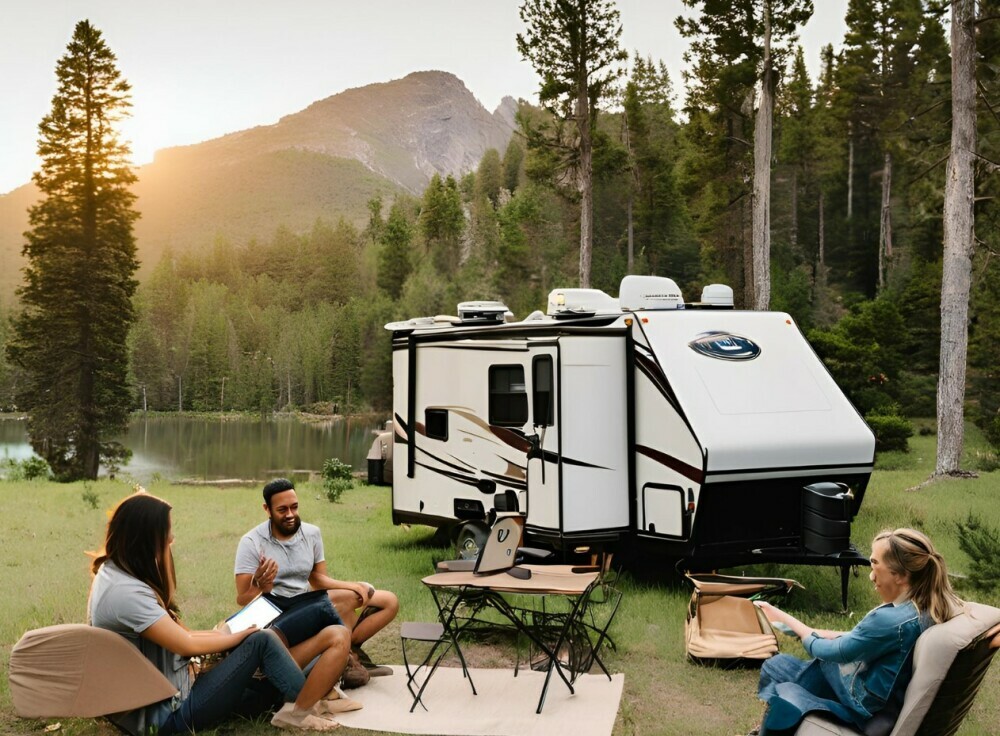

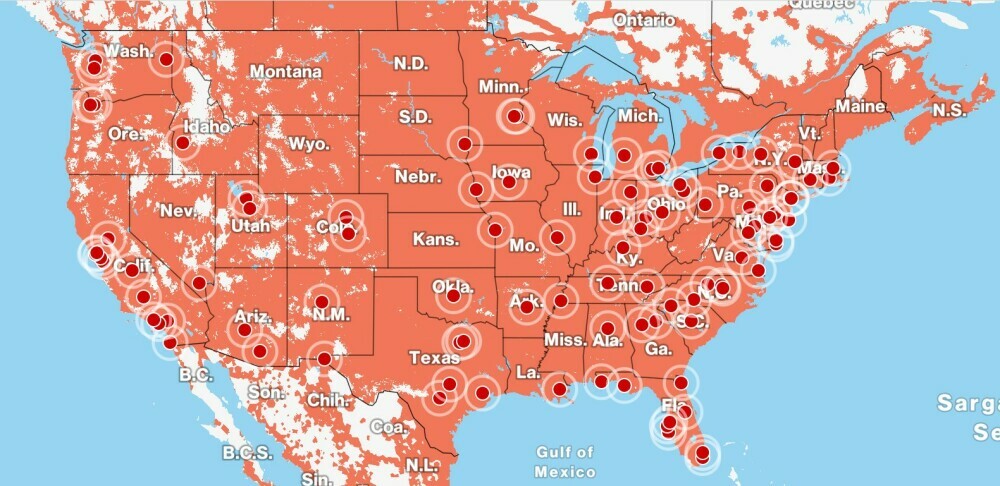
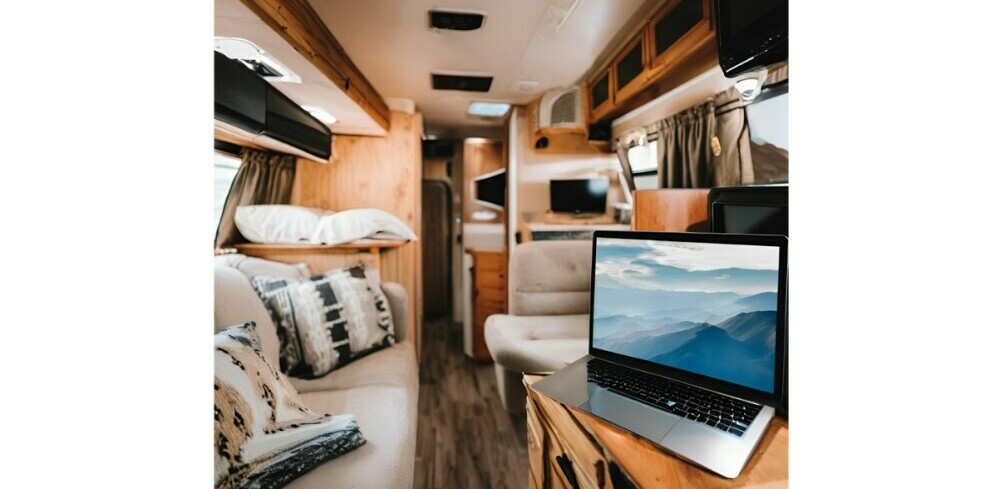

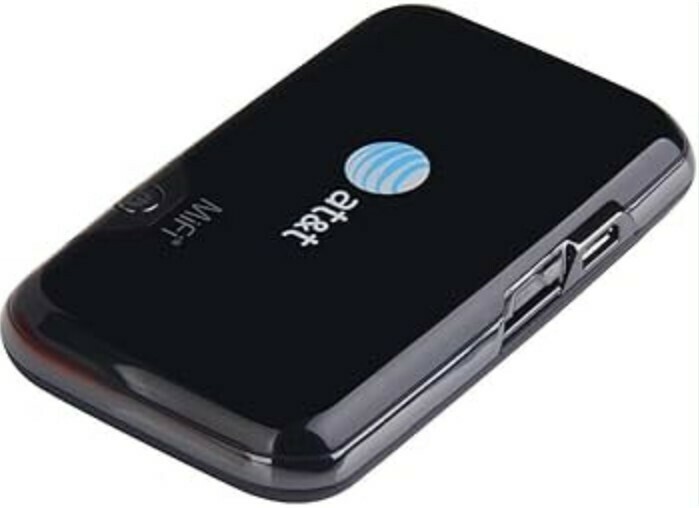
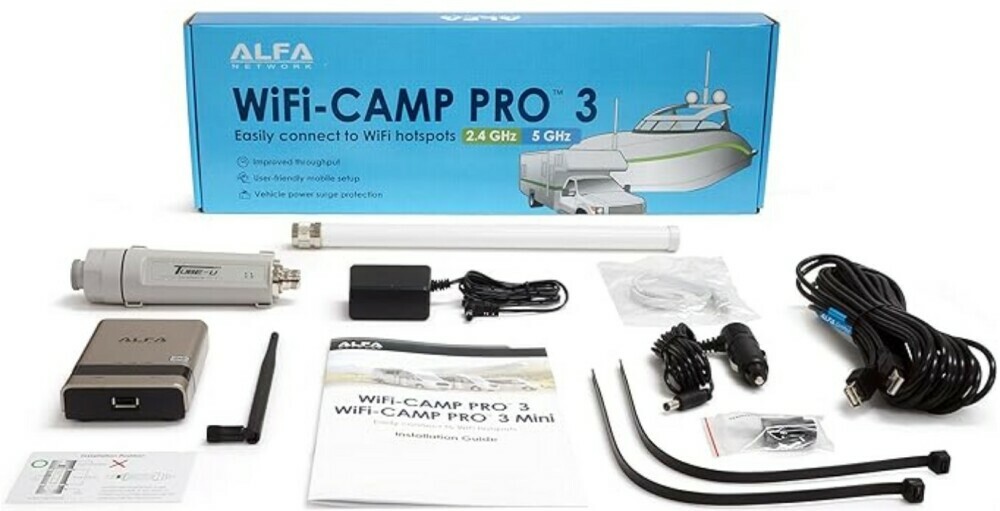
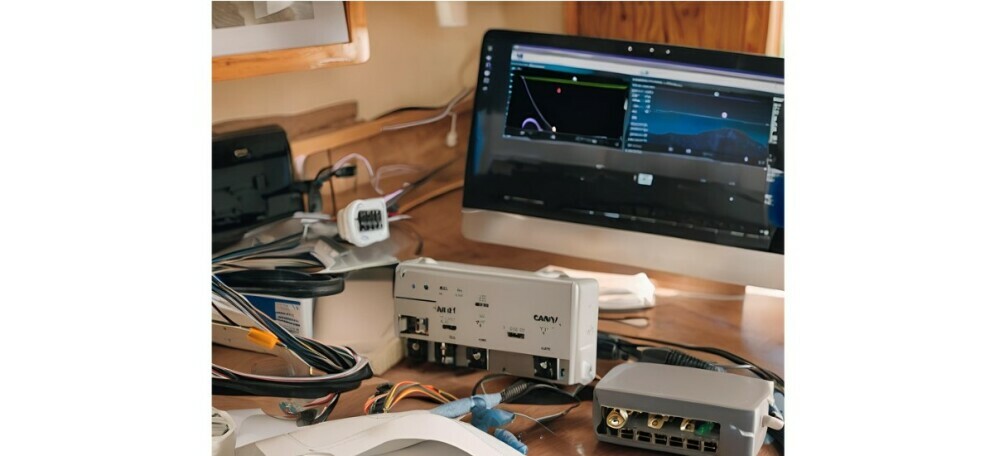






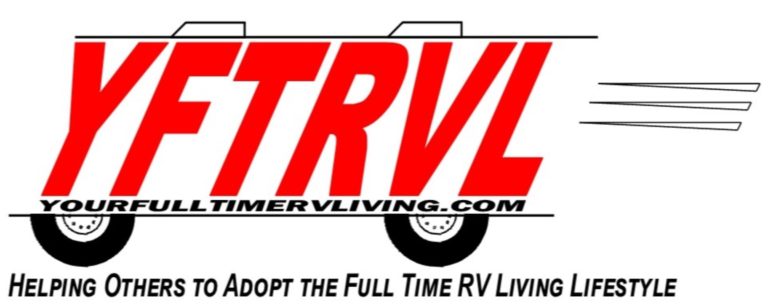



Recent Comments